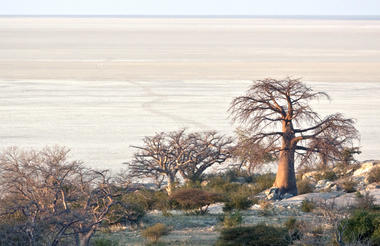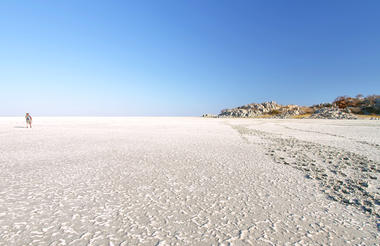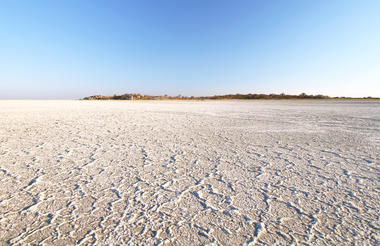Situated in the southern reaches of Africa, Botswana is renowned for its pristine wilderness areas characterised by deep lagoons, wetlands, lush palms, rugged hills and desert plains. The country’s primary tourist drawcard is undoubtedly the vast red expanse of the Kalahari Desert and its remarkably beautiful Okavango Delta, the largest inland delta in the world. These natural wonders provide a tranquil haven for an abundance of African wildlife to thrive. Other highlights include the impressive Makgadikgadi Salt Pans, where visitors are privy to massive zebra migrations during the flood season; the Savuti plains, which host a significant pride of lions; and the Tsodilo Hills, where 4500 rock paintings form a unique record of human settlement over many millennia.
Set on the banks of the beautiful Thamalakane River in northern Botswana, Maun is the third-largest town in this spectacularly scenic southern African country. Maun is the starting point for most expeditions into the Okavango Delta and as a result, has developed into a bustling metropolis that is considered Botswana’s tourism capital. Area attractions include a renowned riverboat that offers cruises up and down the Thamalakane River; the forest groves of the Maun Game Reserve; and Moremi Game Reserve, home to hippos, lions and rhinos. Maun also serves as the jumping-off point for many safaris and air charters as well as offering private 4x4 rentals. Don’t miss the opportunity to visit the Nhabe Museum exhibiting the local history, art and culture of the Ngamiland region.
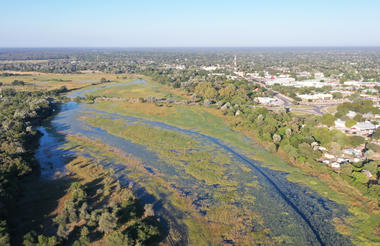
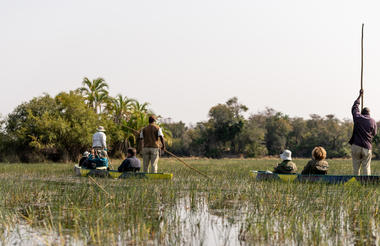
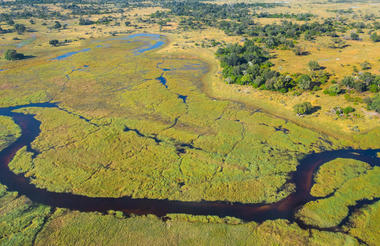
North-eastern Botwana’s Boteti River, within the Makgadikgadi Pans National Park, lies on the grounds of an ancient lake, within a region where some of the first ‘homo sapiens’ (humans) lived. This area is an essential part of the massive annual migration - visitors can look forward to seeing enormous herds of oryx, wildebeests, impalas, zebras, and springbok as well as elephants and hippopotamuses along the riverbank. The river also provides prime bird-watching opportunities, with large flocks of flamingos and numerous other species calling it home. Besides the usual nature reserve activities, try taking a small chartered plane for the best views of the herds; go quad biking across salt flats and sleep there under the stars, or take a cultural tour to see ancient tribal sites.
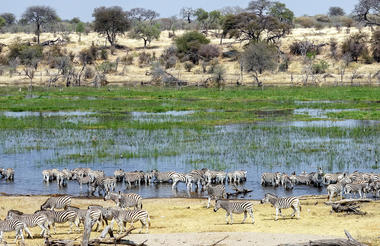
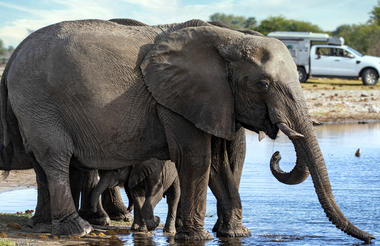
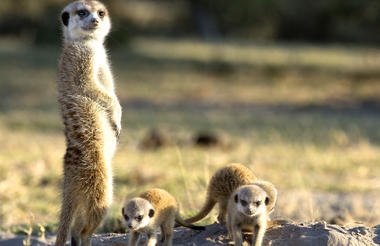
Set in the heart of the dry savanna of northeastern Botswana, the Makgadikgadi Pan is the world's largest network of salt pans stretching over 3900 square kilometres and formed on the bed of the ancient Makgadikgadi Lake that began evaporating aeons ago. Visiting Makgadikgadi is a unique salt desert experience: in the dry season, this vast expanse of sun-baked salt glistens in the light, and when the rains come, the pan is home to a cornucopia of flamingos and other waterbirds, as well as one of Africa's largest zebra populations, whose annual migration is a wonder to behold. Visitors can immerse themselves in the stark beauty of this incredible landscape, spot a host of wildlife and enjoy a number of activities, including horse riding safaris, game drives, and excellent birdwatching. Other highlights include: quad biking across the vast expanse of dry salt pans or jumping in a helicopter and viewing countless flamingo flocks creating a magnificent pink spectacle dotting the landscape.
